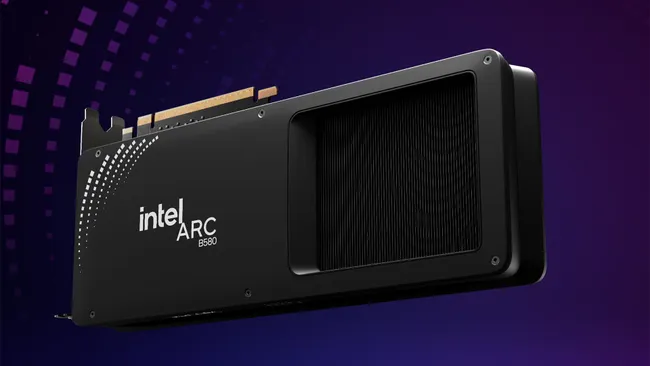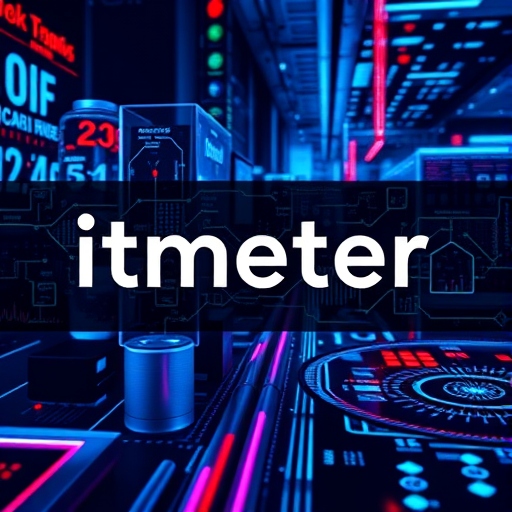
Technology
Intel Arc B580 Review: A $249 Competitor to the RTX 4060, One and a Half Years Later

Intel Has Improved Its Arc GPUs, But Timing Still Matters
Intel has made progress in fixing the main issues with its Arc GPUs, but it still faces challenges with timing. Currently, there isn't much to show for Intel's work on dedicated graphics cards.
After a lot of waiting, delays, and apologies for software problems, Intel finally launched its first Arc GPUs at the end of 2022. The A770 and A750 had some good features, but problems like buggy drivers, poor performance in older games, and high power consumption made them hard to recommend. Instead of being popular graphics cards, they were more like interesting experiments.
Now, after over two years on the market, analysts and the Steam Hardware Survey show that Arc GPUs have not made a significant impact in the GPU market. It was always expected that Intel would need time—and possibly a few new hardware generations—to compete effectively against established brands.
The new Arc B580 card is the first dedicated GPU using the new "Battlemage" architecture. It enters the same "sub-$300 value-for-money" market where the A770 and A750 are still struggling. However, the B580 is a big improvement in almost every way. Intel has also worked hard to fix the driver issues that affected the first Arc cards when they were launched. This suggests that Intel is here to stay and that the upcoming B700-series GPUs could be really exciting if they are released soon.
Specifications and Testing Notes
The Arc B580 and Arc B570 are leading the way for the Battlemage generation. Both cards use the same GPU technology, but the B580 has more processing power, slightly faster speeds, a 192-bit memory bus instead of a 160-bit one, and 12GB of memory instead of 10GB.
Intel markets both cards as entry-level options for 1440p gaming because they offer more RAM than the 8GB standard found in the GeForce RTX 4060 and Radeon RX 7600. While 8GB cards work well for 1080p gaming, having more memory makes the Arc cards feel more future-proof. They can also achieve 60 fps in many games at 1440p.
Our testing setup is mostly unchanged, but we have replaced the ASRock X670E motherboard with an Asus model. The Ryzen 7 7800X3D remains the core of the system, providing enough performance to avoid slowing down midrange and high-end GPUs.
We haven't retested many older GPUs extensively—the GeForce and Radeon results are the same ones we used in our RX 7600 XT review earlier this year. We don't expect new drivers to change our game scores much since we mostly use older games with DirectX 11 and DirectX 12, including some with ray-tracing effects. However, we have retested the older Arc cards with new drivers since Intel occasionally makes updates that can improve performance in older games.
As with the Arc A-series cards, Intel strongly recommends enabling resizable BAR on your motherboard for the best performance. This feature is sometimes called Smart Access Memory (SAM) depending on your motherboard. Most AMD AM4 and 8th-gen Intel Core systems should support it after a BIOS update, and newer PCs usually have it enabled by default. Our test system had this feature enabled for the B580 and all other GPUs we tested.
When compared to the RTX 4060, the Arc B580 is quite appealing for both 1080p and 1440p gaming, whether ray-tracing is on or off. Even older DirectX 11 games like Grand Theft Auto V and Assassin's Creed Odyssey perform better than they did on earlier Arc cards.
Intel is making a stronger case for its GPUs similar to what AMD has been trying to do with the RX 7600. While AMD's cards often struggle with heavy ray-tracing effects, Intel's performance in ray-traced games is closer to Nvidia's than to AMD's.
0 Comments
There is no comment yet.








